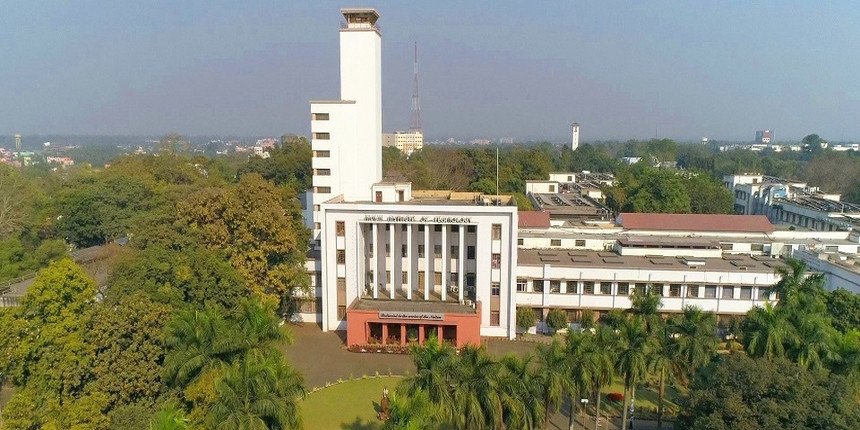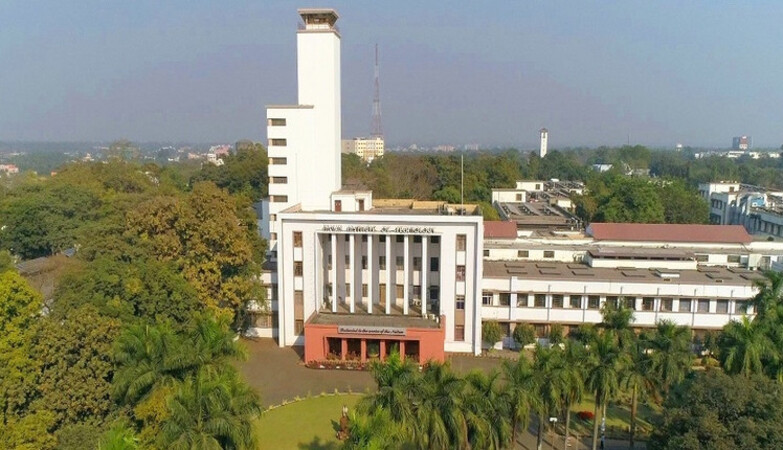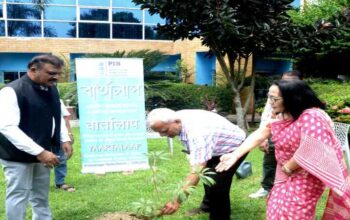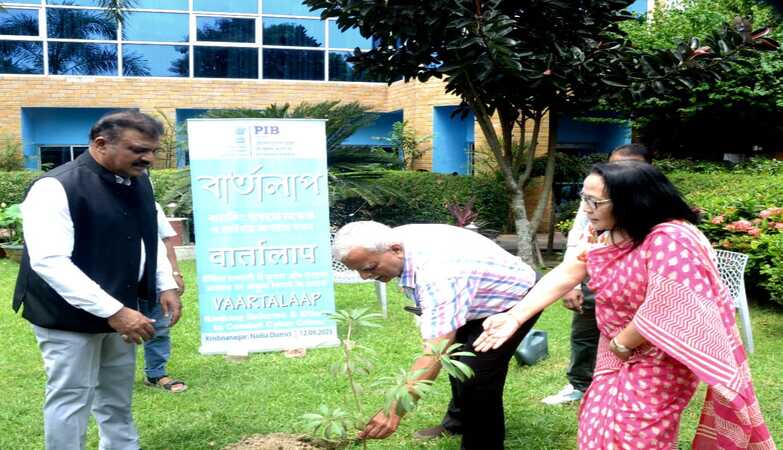Biswabrata Goswami
MIDNAPORE, 8 OCT: Extreme weather is not striking all people equally, and the world must prepare for a deeply unequal future under climate change. A new global study—featured by the United Nations Office for Disaster Risk Reduction (UNDRR) on its PreventionWeb platform—has warned that “compound climate extremes,” where heatwaves or cold spells coincide with floods or droughts, are projected to intensify worldwide, with children in Sub-Saharan Africa and the elderly in Europe emerging as the most vulnerable.

The study, which combined detailed climate projections with demographic data, compared the recent past (1991–2020) with the near future (2021–2050) under multiple warming and population growth scenarios. Its stark finding: exposure to concurrent climate extremes will rise everywhere, but not equally.
In India, the findings have been amplified by the Indian Institute of Technology (IIT) Kharagpur, which released a press note highlighting the urgent implications of the research. According to the institute, the study underlines how age and region must now be treated as decisive factors in assessing climate risks, a shift away from traditional models that view populations as uniform groups.
Key results show that Asia and Africa will be hardest hit, with children and working-age adults most exposed. In Sub-Saharan Africa, rapid population growth will magnify risks for youth, creating what the researchers describe as “an unprecedented burden on the next generation.” Meanwhile, Europe, North America, and Australia will see their elderly populations facing acute threats, particularly from the dangerous overlap of heatwaves and heavy rainfall. Europe alone is expected to record the world’s highest exposure levels for seniors, raising red flags for healthcare and social protection systems already under strain from ageing demographics.
The study also highlights regional contrasts: while cold extremes are projected to decline in tropical areas, they are expected to rise across northern Europe, East Asia, and parts of the Americas—producing the dual threat of more frequent heatwaves alongside persistent cold spells.
“Climate change is the primary driver of rising exposure globally,” the researchers note. In developing regions, fast-paced population growth compounds the crisis, while in parts of Europe and Asia—where populations are stable or shrinking—the rise is almost entirely climate-driven.
IIT Kharagpur, in its statement, stressed that the research carries urgent lessons for India and other developing nations, where youthful populations are highly exposed to heat-related extremes and water stress. “Adaptation policies can no longer be one-size-fits-all. They must be tailored to protect specific vulnerable groups—children in Africa or seniors in Europe—if we are to reduce disaster risk meaningfully,” the institute said.
By adopting an age-specific lens, the study makes clear that the global climate crisis is also a crisis of inequality. The challenge ahead, as underscored by both the UNDRR and IIT Kharagpur, is not only to cut emissions but also to design adaptation strategies that account for who is at risk, where, and at what stage of life.






